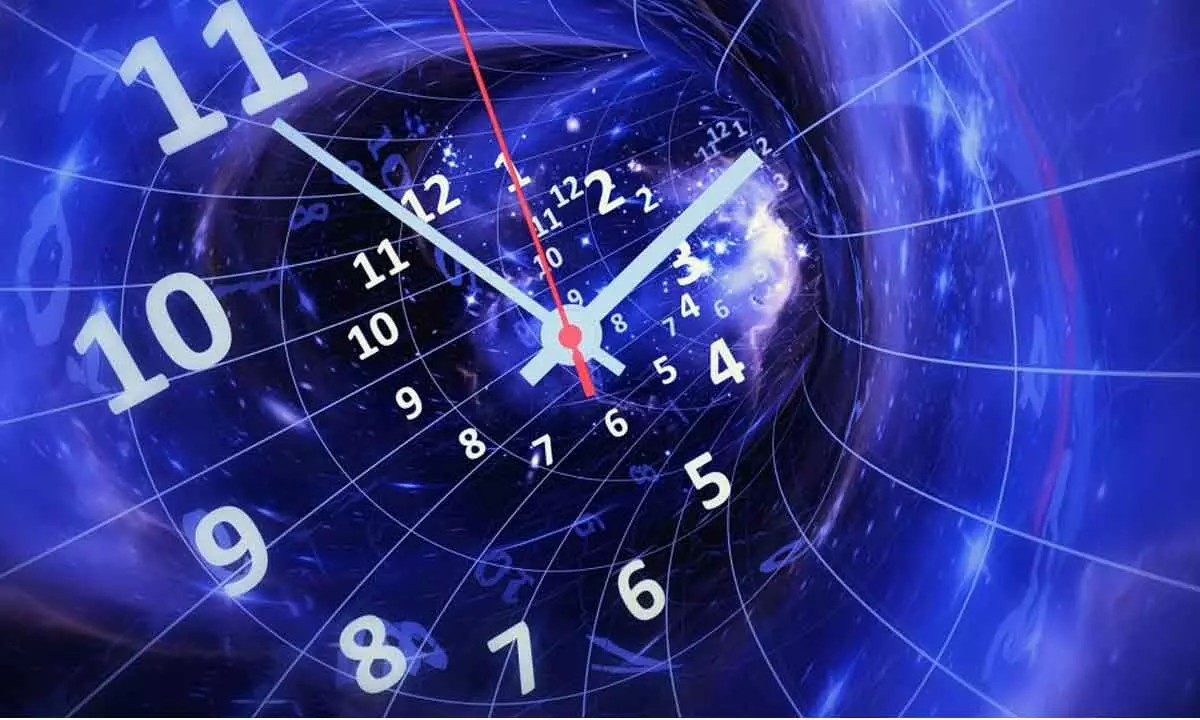Scientists Discovered An Unique Way Of Measuring Time

Representative image
- In a world of ticking clocks and swaying pendulums, marking the passage of time is as easy as keeping track of the seconds between "then" and "now."
- Researchers from Uppsala University in Sweden believe that the structure of the quantum fog itself may hold the key to finding a solution.
In a world of ticking clocks and swaying pendulums, marking the passage of time is as easy as keeping track of the seconds between "then" and "now."But 'then' can't always be predicted down at the quantum size of buzzing electrons. Even worse, "now" frequently dissolves into a cloud of doubt. In some situations, a stopwatch will not enough.
Researchers from Uppsala University in Sweden believe that the structure of the quantum fog itself may hold the key to finding a solution.
They have discovered a fresh approach to measure time that doesn't require a specific starting point through their research on the wave-like properties of something known as a Rydberg state. The overinflated balloons of the particle kingdom are rydberg atoms. These atoms are inflated with lasers rather than air and have electrons orbiting far from the nucleus in extremely high energy states.
In reality, a range of applications frequently include the employment of lasers to nudge electrons into higher energy states. In rare circumstances, a second laser can be employed to keep track of time-related changes in the electron's position. These "pump-probe" methods can be used, for example, to gauge the speed of some ultrafast devices.
Inducing atoms into Rydberg states is a valuable approach for engineers, not least when it comes to building novel components for quantum computers. Needless to say, physicists have accumulated a substantial amount of information concerning the way electrons move around when nudged into a Rydberg state.
However, because they are quantum animals, their movements resemble an evening spent playing roulette rather than beads sliding around on a tiny abacus. Every ball roll and jump is combined into a single game of chance. Rydberg wave packets are the mathematical playbook for this crazy game of Rydberg electron roulette.
Similar to real waves in a pond, interference caused by multiple Rydberg wave packets in an area leads to different patterns of ripples. If you combine enough Rydberg wave packets, the resulting individual patterns will each indicate the unique amount of time it takes for the wave packets to evolve in unison.
The physicists behind this most recent series of experiments set out to verify these particular "fingerprints" of time, demonstrating that they were dependable and consistent enough to be used as a type of quantum timestamping. To demonstrate how their distinctive results could last over time, their research involves measuring the outcomes of laser-excited helium atoms and comparing their results with theoretical expectations.
Similar to actual waves in a pond, interference brought on by numerous Rydberg wave packets in a region results in various ripple patterns. If you mix enough Rydberg wave packets, the distinct patterns that emerge will each show how long it takes a particular set of wave packets to evolve together.
This most recent set of tests was designed by physicists to validate these specific "fingerprints" of time, proving that they were reliable and consistent enough to be employed as a form of quantum timestamping. Their research entails evaluating the outcomes of laser-excited helium atoms and contrasting their results with theoretical predictions in order to show how their unique results could endure over time.
















